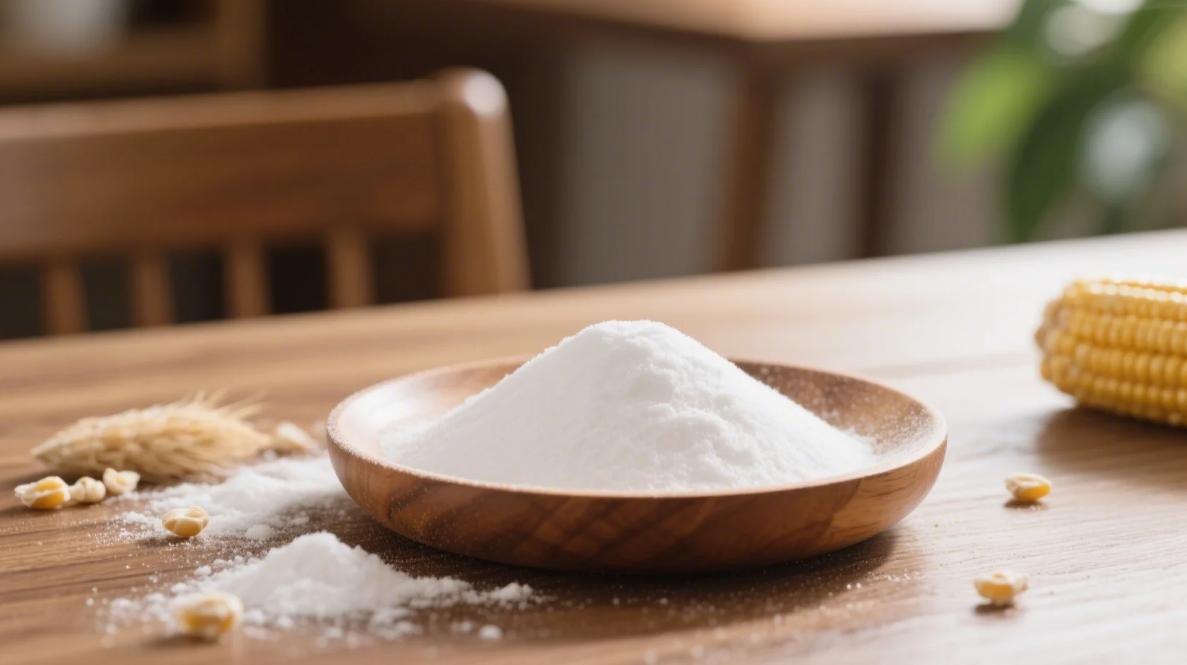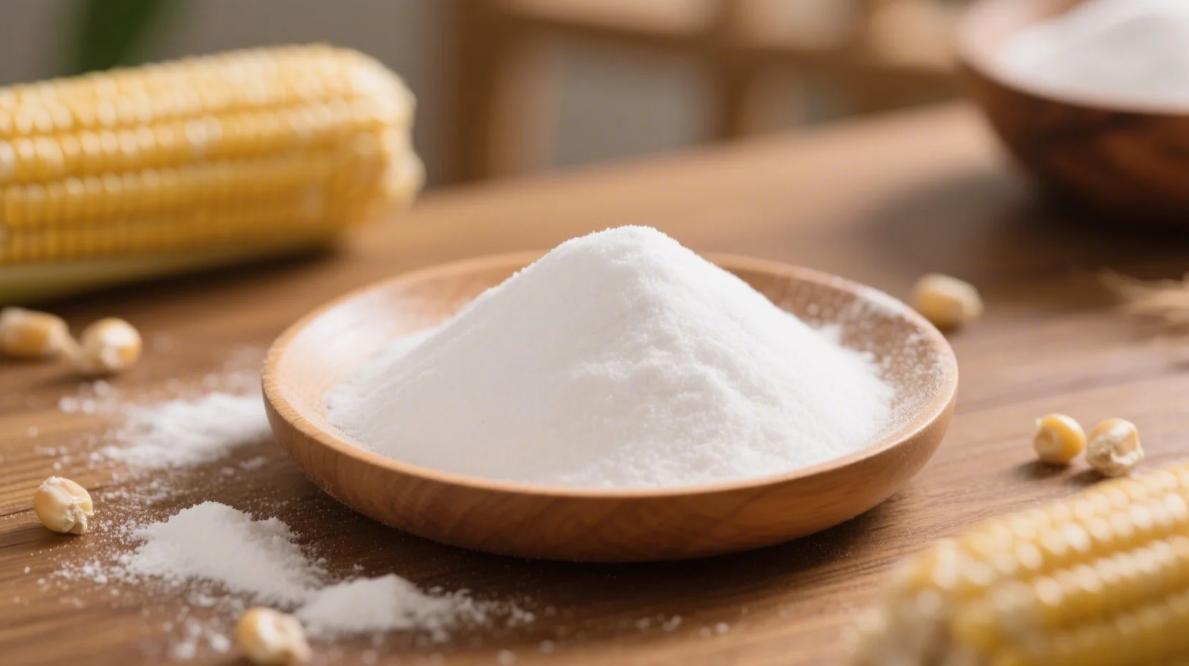1. What is Organic Dextrose?
Organic dextrose, chemically identical to glucose, is a naturally derived monosaccharide sourced from non-GMO crops like corn, tapioca, or organic sugarcane through enzymatic hydrolysis. Unlike conventional dextrose, its organic variant adheres to strict certifications (USDA/EU Organic) that prohibit synthetic pesticides and GMOs. It exists in two forms:
- Organic Dextrose Anhydrous: A moisture-free crystalline powder (≥98% purity), ideal for dry blends and pharmaceuticals.
- Organic Dextrose Monohydrate: Contains one water molecule per glucose unit, offering superior solubility for beverages and syrups.
Both forms retain a low glycemic index (GI 100) and serve as rapid energy sources for athletes, diabetics (with caution), and functional food formulations.

2. Is Dextrose Good or Bad for You?
The Dual Nature of Dextrose:
- Pros:
- Energy Boost: Rapidly absorbed, making it ideal for hypoglycemia recovery or endurance sports.
- Medical Use: Stabilizes IV fluids and oral rehydration solutions.
- Gut Neutrality: Unlike fructose, dextrose doesn’t ferment in the gut, reducing bloating risks.
- Cons:
- Blood Sugar Spikes: High GI can worsen insulin resistance in diabetics.
- Processed Food Overload: Often hidden in ultra-processed snacks, contributing to obesity and metabolic syndrome.
Key Insight: Organic dextrose is beneficial in controlled doses (≤25g/day) but harmful when overconsumed in refined forms.
3. Is Dextrose Natural or Artificial?
Dextrose is naturally occurring in fruits (grapes, dates) and honey. However, commercial dextrose is produced via enzymatic hydrolysis of starch—a process classified as “natural” by the FDA but industrialized. Organic certification ensures no synthetic additives, distinguishing it from conventional counterparts linked to GMO crops.
4. Why is Dextrose in Splenda?
Splenda (sucralose) blends dextrose as a bulking agent to mimic sugar’s texture and solubility. While sucralose itself is calorie-free, the added dextrose (3.36 kcal/g) slightly impacts calorie counts but ensures baking stability. Organic variants avoid GMO-derived dextrose, aligning with clean-label trends.
5. What is the Safest Artificial Sweetener?
Based on clinical studies and regulatory approvals:
| Sweetener | Safety Profile |
|---|---|
| Stevia | Non-caloric, GRAS status; may modestly lower blood sugar. |
| Monk Fruit | Zero GI, antioxidant-rich; no adverse effects reported. |
| Erythritol | Low-calorie, diabetic-friendly; recent studies flag potential cardiovascular risks at high doses. |
| Organic Dextrose | Natural but high GI; safe in moderation for non-diabetics. |
Verdict: Stevia and monk fruit lead for metabolic safety, while organic dextrose suits short-term energy needs.
6. Is Dextrose in Stevia Safe?
Stevia extracts often blend dextrose to counter bitter aftertastes. In organic stevia products, the dextrose is non-GMO and minimally processed, posing no risks at typical serving sizes (e.g., 1g stevia + 0.5g dextrose). However, diabetics should monitor cumulative carb intake.
7. Product Spotlight: Organic Dextrose Anhydrous vs. Monohydrate
| Attribute | Organic Dextrose Anhydrous | Organic Dextrose Monohydrate |
|---|---|---|
| Moisture Content | 0% | 8-10% (hydrated crystal structure) |
| Applications | Protein powders, chewable tablets, dry mixes | Syrups, IV fluids, sports drinks |
| Solubility | Moderate | High |
| Certifications | USDA Organic, Non-GMO Project Verified | EU Organic, ISO 9001 |
| Sustainability | Solar-dried production (40% lower CO₂ vs. conventional) | Water-efficient crystallization |
Innovation Alert: Brands like NOW Foods and Bob’s Red Mill now offer both variants for keto-friendly baking and clean-label supplements.
8. Future Trends: Beyond Sweetness
- Functional Foods: Dextrose-infused electrolyte gels for athletes (+200% YoY growth).
- Pharma Innovations: Stabilizing mRNA vaccines in tropical climates.
- Circular Economy: Upcycling agricultural waste into organic dextrose via CRISPR-engineered microbes.
The Sweet Spot of Informed Choices

Organic dextrose bridges ancestral nutrition and modern science—offering rapid energy with cleaner sourcing. While it’s not a one-size-fits-all solution, its role in balanced diets and functional formulations is undeniable. For consumers, the key lies in prioritizing certified organic sources, mindful dosing, and pairing with low-GI sweeteners like stevia for sustained wellness.